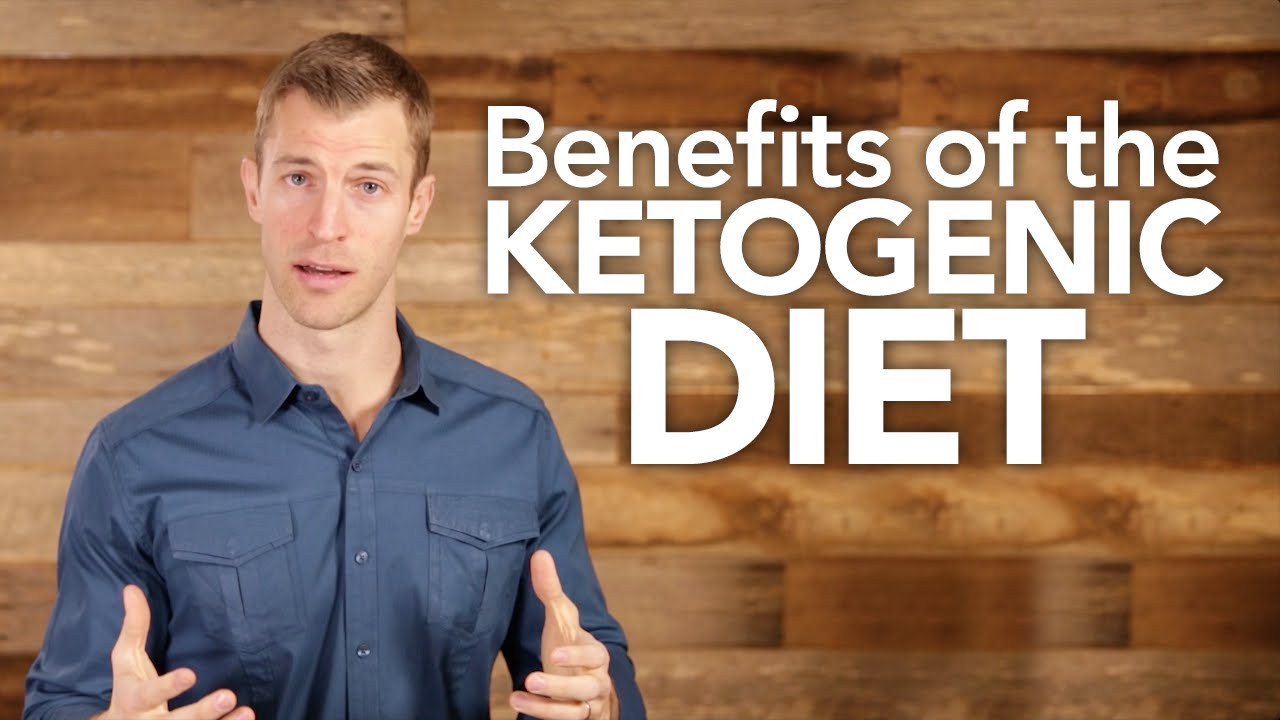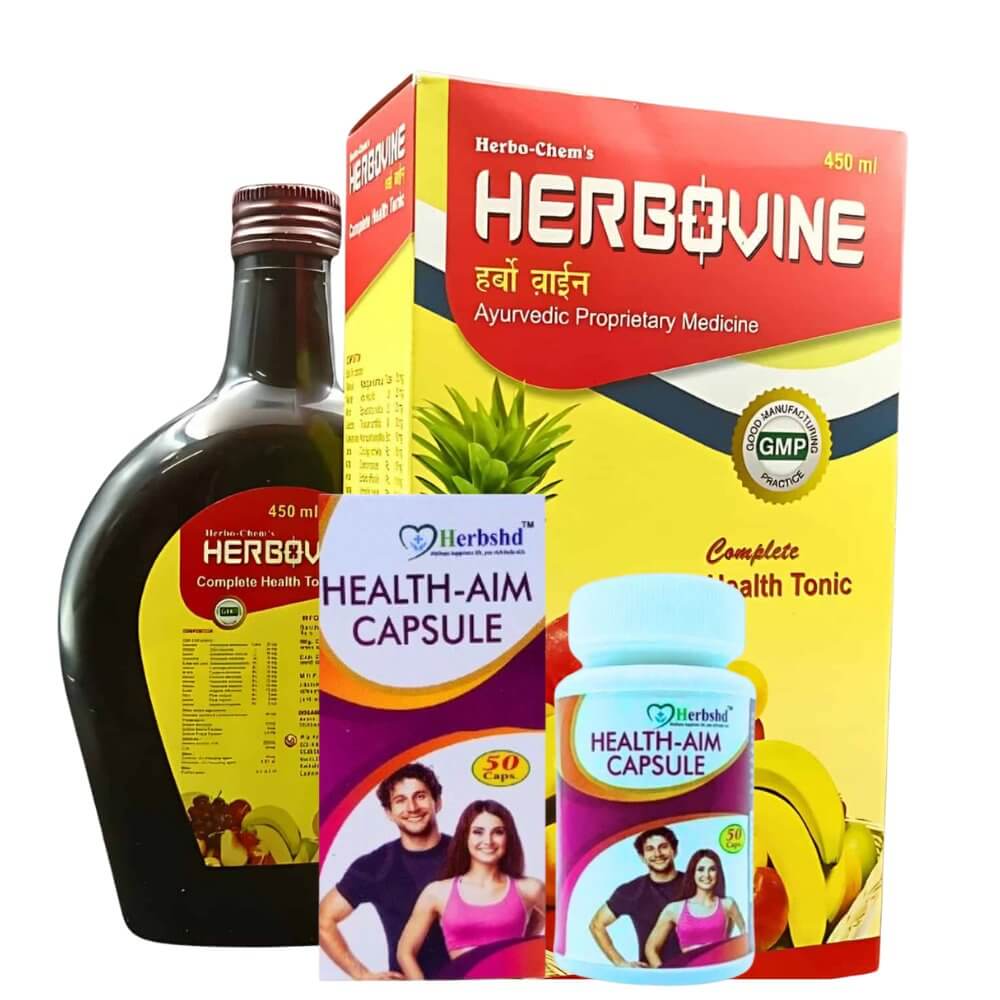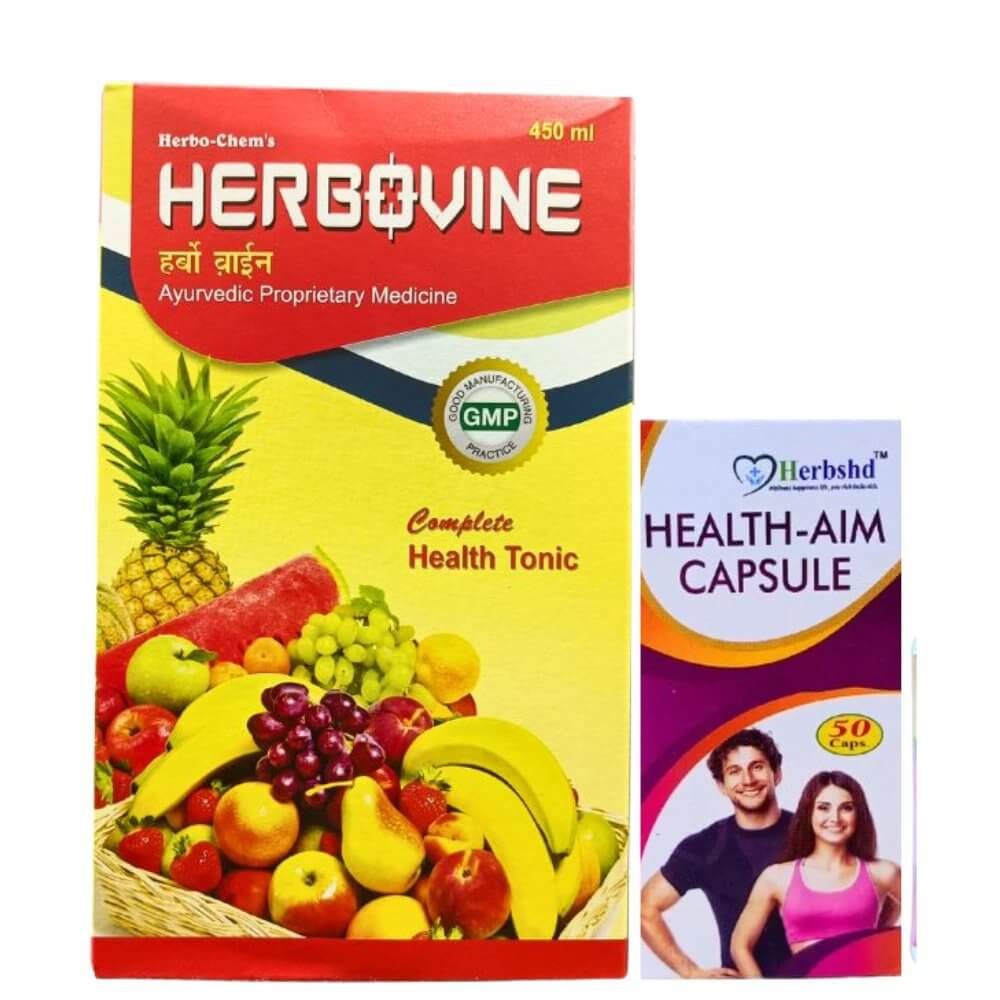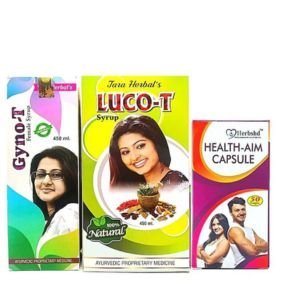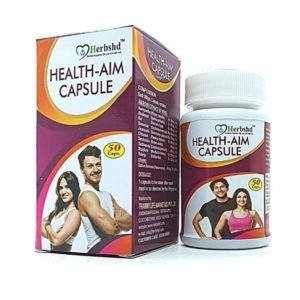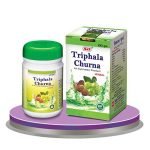Burning fat by eating fat, sounds too good to be true, right? Wrong. If you haven't been living under a rock for the past few years, chances are you've heard of the ketogenic diet.
The keto diet is a low-carb, high-fat diet that consists of about 75% fat, 20% protein, and 5% net carbs. Research has shown that this low-carb diet not only promotes fat loss but has the ability to improve certain conditions such as type 2 diabetes and cognitive decline.
Burning fat by eating fat, sounds too good to be true, right? Wrong. If you haven't been living under a rock for the past few years, chances are you've heard of the ketogenic diet.
The keto diet is a low-carb, high-fat diet that consists of about 75% fat, 20% protein, and 5% net carbs. Research has shown that this low-carb diet not only promotes fat loss but has the ability to improve certain conditions such as type 2 diabetes and cognitive decline.
In this article, we'll discuss:

WHAT IS A KETOGENIC DIET?
The ketogenic diet, also known as the keto diet, is the idea of transitioning your body from burning fat for fuel instead of carbohydrates.
So, how does the keto diet work? Let’s break it down, here is the keto diet explained. The body two substances when carbohydrate intake is high:
- Glucose: Glucose is the easiest molecule for the body to convert to energy. This is the reason that carbohydrate intake will negate the ability of the body to enter ketosis. If carbohydrate intake is high, the body defaults to using glucose for energy.
- Insulin: Insulin aids in the transport of glucose around the body. When you reduce your carb intake and replace it with fat, it puts your body into a metabolic state called ketosis.
Ketosis is defined as the process by which your body breaks down fatty acids to ketones in the liver, which can supply both the brain and body with energy. Ketones come in three forms:
- Acetoacetate
- Beta-hydroxybutyric acid
- Acetone
Simply put: carbs must be avoided if you want to stay in ketosis. Generally, you want to stay under 25 grams of net carbs (total carbs minus fiber) per day.
You also want to watch your protein intake. Protein is not the enemy, as with carbs. You want protein to make up a significant part of your diet. Protein provides plenty of essential functions that are still valuable to your body’s function in ketosis. However, keep this macronutrient to only a quarter of your diet.
In ketosis, fat is king. The rest of your calories should come from fat. Your body will be breaking down fat for energy in the absence of carbs.
THE DIFFERENT TYPES OF KETOGENIC DIETS
When it comes to the keto diet, there are several types, allowing you to choose what is best for your lifestyle:
Standard Ketogenic Diet (SKD)
The SKD is the standard diet an individual new to the keto diet would follow if they were first starting out. This diet follows the general guidelines of keto including low-carb, moderate protein and high-fat intake.
Cyclical Ketogenic Diet (CKD)
The CKD is more suited for athletes and active individuals alike who simply need the carbs to fuel their intense training sessions. This diet involves a period of higher-carb refeeds during the week. An example would be 5 days of following the SKD and then 2 days of high-carbs (anywhere from 400-600 grams).
Targeted Ketogenic Diet (TKD)
The TKD is also meant for more active individuals who struggle with energy during their workouts, but it's less intense compared to the CKD. The TKD follows the SKD for the most part, but with an additional 25-50 grams of net carbs around your workout times (about 30 minutes pre and post-workout).
High-Protein Ketogenic Diet
This type of ketogenic diet isn't too far off from the Standard Ketogenic Diet, however, it does include more protein. Compared to the 25% of protein included in the SKD, the high-protein ketogenic diet often includes up to 35%.
HEALTH BENEFITS OF THE KETOGENIC DIET
When it comes to the health benefits you can gain from the ketogenic diet, the list goes on and on in both the short term and the long term. It can not only help you lose weight, but studiesshow that the keto diet is superior to the often recommended low-fat diet for weight loss. Some top health benefits include:
1. Improves Weight Loss
Overweight and obese individuals have had tremendous success with weight loss following the keto diet. One study, in particular, found that people on a keto diet lose 2.2 times the amount of weight than those on a calorie-restricted low-fat diet. The keto diet is also known to turn your body into a fat-burning machine. What does this lead to? Weight loss.
2. Reduces Inflammation
While inflammation is a natural biological response, inflammation is a bad thing. A keto diet can help reduce inflammation in the body by switching off a number of different inflammatory pathways.
3. Increases Energy Levels
When you switch to a keto diet, your brain switches to ketones as fuel instead of carbs. Running off of ketones, you experience fewer energy slumps as you do when compared to eating a lot of carbs. Ketosis helps clear the brain of brain fog while creating more mitochondria (cells that help generate energy and power).
So we've discussed what the keto diet is along with some health benefits. But what can you eat on a keto diet, anyway?
FOODS TO EAT ON A KETO DIET
When it comes to deciding what to eat on the keto diet, the rules are pretty simple. Eat mostly healthy fats (about 75% of your daily calories should come from fats), moderate protein intake (about 20%) and minimal carbs (no more than 5%). Choose lower carb foods such as grass-fed meat, wild-caught fish, eggs, leafy vegetables, and high-quality fats. Some of these foods include:
- Fats: Avocado oil, cacao butter, coconut butter, cod liver oil, grass-fed butter, grass-fed ghee, MCT oil, bacon fat, egg yolk, lard, marrow and tallow, sunflower lecithin, coconut oil.
- Protein: Dark meats, sugar-free jerky, eggs, fish, gelatin, organ meats, pork, shellfish, chicken, turkey, wild-caught fish, and whey protein concentrate.
- Vegetables: Asparagus, avocado, butter greens, broccoli, brussels sprouts, cauliflower, cabbage, celery, chard, collards, cucumbers, kale, kohlrabi, lettuce, radish, spinach, summer squash, zucchini.
- Dairy: Grass-fed butter, grass-fed ghee, cheese (depending on the type).
- Beverages: Water, water with lemon, coffee, variety of different teas, carbonated water, non-dairy milk, bone broth, certain kombucha, coconut water, certain smoothies.
FOODS TO AVOID ON THE KETO DIET
Avoiding certain foods might be tricky when first starting the ketogenic diet, but not impossible. Make sure you pay attention to the number of carbs you're eating as you could easily throw off your progress and get kicked out of a ketogenic state. Some foods you should avoid on keto include:
- Grains: Wheat, barley, oats, rice, quinoa, sorghum. All of it. You do not want grains.
- Beans : Kidney beans, beans, chickpeas, lentils, pinto beans, eyed peas.
- Starchy vegetables: Corn, carrots, parsnips, peas, and yams.
- Sugars: Maple syrup, cane sugar, agave, and honey.
- Beverages: Soda, juices, sports drinks, high-sugar coffee drinks, beer, and other high-sugar drinks.
Now that you know the dos and don'ts of what to eat on the ketogenic diet, what does a keto meal plan look like?
A SAMPLE KETO MEAL PLAN
If you're looking for an example of a keto meal plan, you're in luck. Try this sample keto meal plan for 5 days listed below:
Monday
- Breakfast: Bacon, eggs, kale.
- Lunch: Bell peppers stuffed with ground beef and extra virgin olive oil.
- Dinner: Salmon with asparagus and broccoli.
Tuesday
- Breakfast: Egg and goat cheese omelet.
- Lunch: Kale salad with chicken and avocado oil dressing.
- Dinner: Meatballs made with ground beef and cheese.
Wednesday
- Breakfast: Eggs and avocado.
- Lunch: Ground turkey meatballs with feta cheese and broccoli.
- Dinner: Pork chops with blue cheese and a small side salad.
Thursday
- Breakfast: Veggie omelet.
- Lunch: Shrimp salad with extra virgin olive oil.
- Dinner: Salmon with broccoli and kale.
Friday
- Breakfast: A ketogenic milkshake (unsweetened almond milk, 1 scoop of whey protein concentrate, 1 tablespoon of MCT oil).
- Lunch: Chicken salad with olive oil and goat cheese.
- Dinner: Bun-less burger with bacon, egg, and avocado.
SNACK OPTIONS
We covered the meal plan, but what about things to munch on? After all, that's where most people struggle to lose weight.
Snack on these healthy food items to decrease your waistline and improve your health markers:
- Chomps meat sticks
- A hard-boiled egg or two
- A piece of cheese
- A piece of meat
- A handful of nuts
- Greek yogurt
- Berries and whipped cream
- Cooked bacon bites
- Salami bites
- Coconut chips
- Parmesan crisps
- Pork rinds
- Dark chocolate (85% or more)
Needless to say, you can still have quite a variety of foods in your keto diet without ever feeling bored or deprived.
THE BOTTOM LINE
While the ketogenic diet may be intimidating at first, there’s no cause for alarm. The ketogenic diet can help you safely lose weight while improving your overall health without stress. As with any diet, the ketogenic diet will only work if you remain consistent and disciplined.
And while the ketogenic diet is great for some individuals, it’s important to remember it’s not for everyone. It may be less suitable for elite athletes or very active individuals looking to improve muscle mass or high-intensity training.

